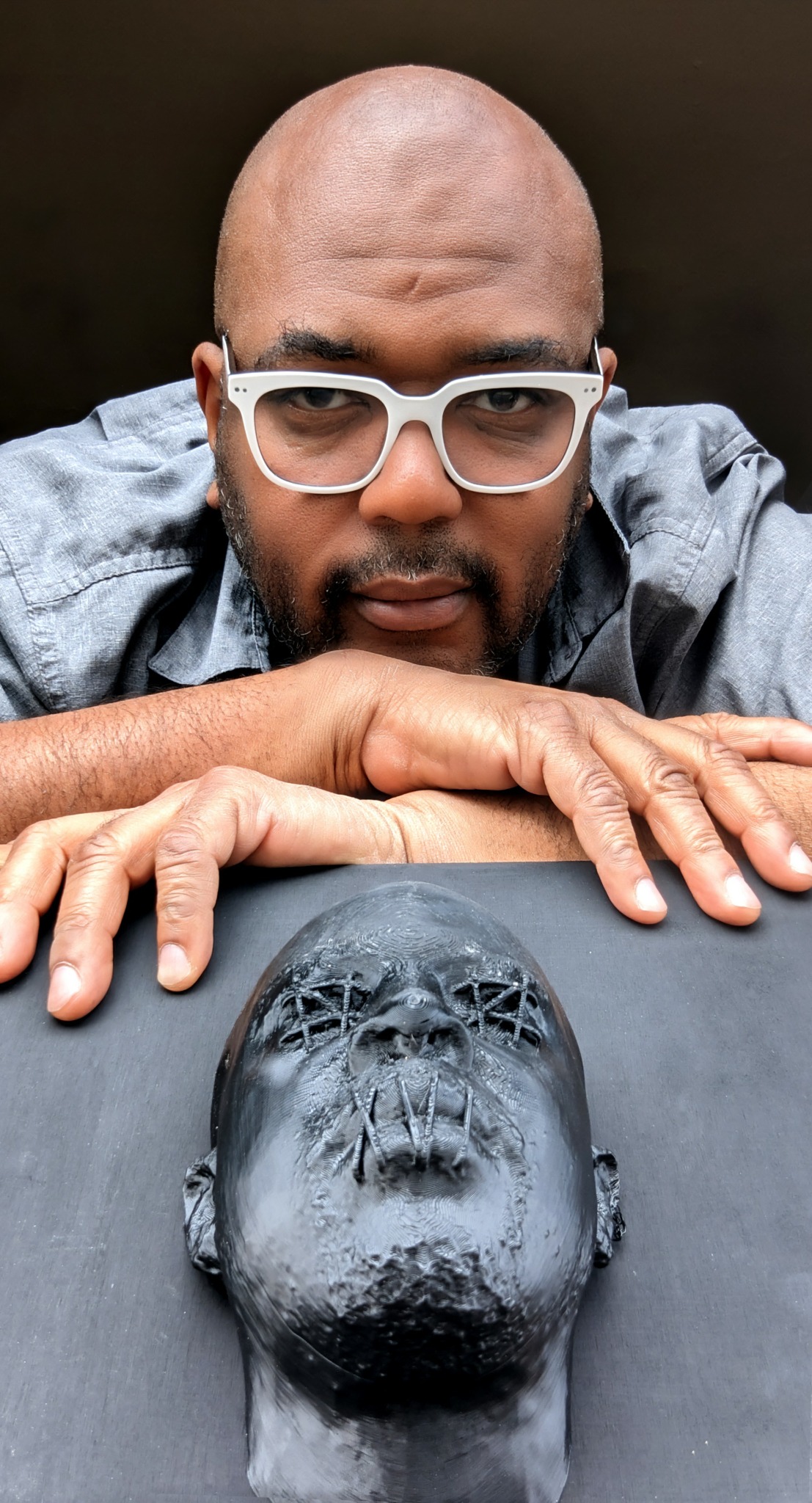We recently connected with Qrcky and have shared our conversation below.
Qrcky, appreciate you joining us today. When did you first know you wanted to pursue a creative/artistic path professionally?
The first time I knew I wanted to pursue being a creative artist traces back to my childhood in southern Virginia during the 1970s. The art world wasn’t something that surrounded me—it was a distant echo, almost intangible in my family’s cultural landscape. But despite the lack of exposure, I was drawn to it. I spent countless hours trying to emulate the styles of Chuck Jones, Norman Rockwell, and Bob Ross, fully immersed in the world of cartoons and storytelling.
There was no grand epiphany, just a slow, steady pull. I remember sketching characters from Looney Tunes and trying to capture the warmth of Rockwell’s scenes. The act of creating brought me an undeniable sense of peace and purpose, even when I didn’t realize it was something I could seriously pursue.
It wasn’t until decades later, during the turbulence of a difficult marriage and the strain of subsequent relationships, that art became more than a pastime—it became a lifeline. In the midst of emotional upheaval, I found myself retreating into solitude, distancing from friends and family to focus entirely on creating. Art became my way of processing, of expressing what words couldn’t. That period of isolation wasn’t easy, but it was necessary. It clarified what had been true all along—art was not just something I did. It was who I was
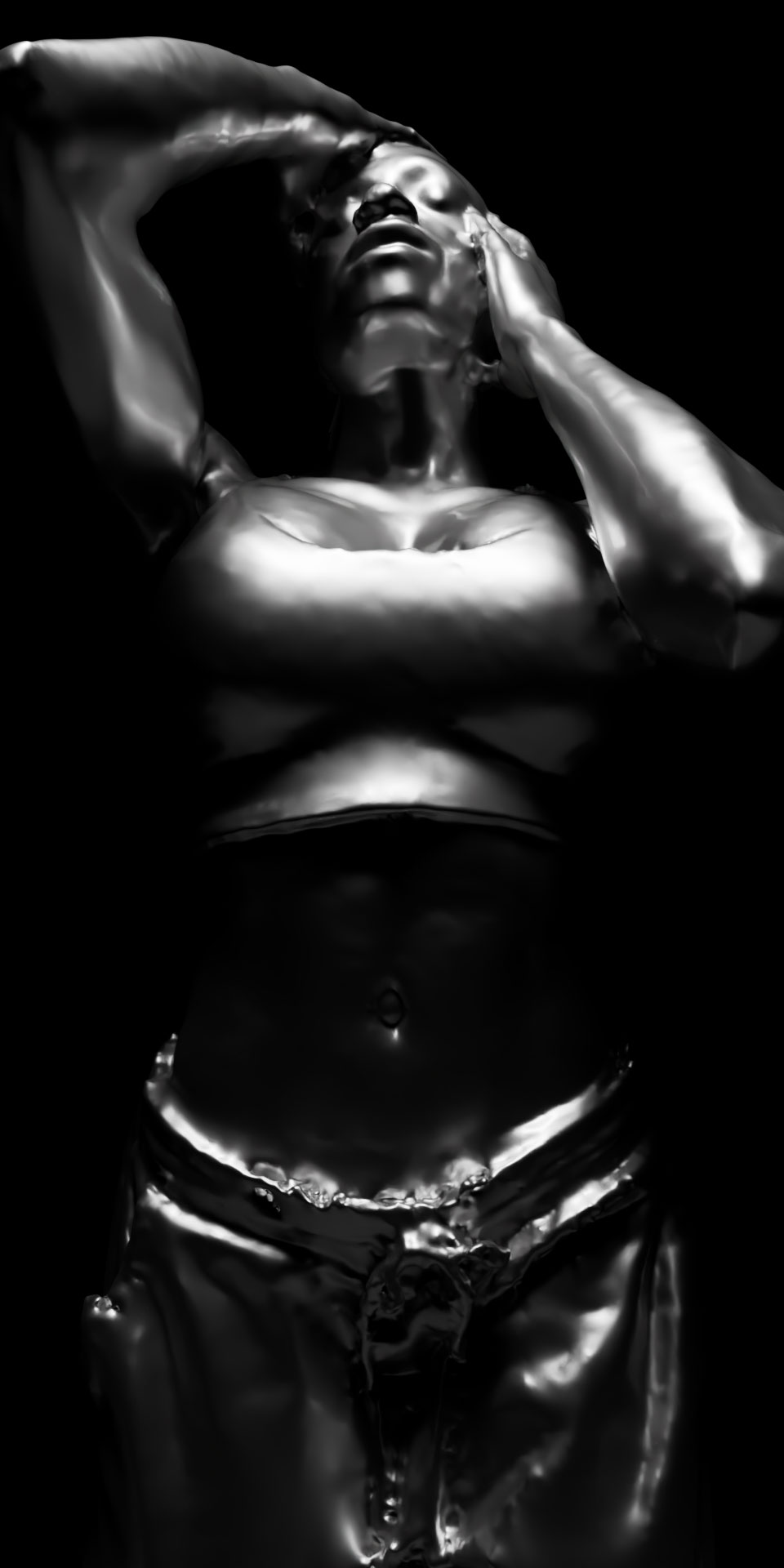
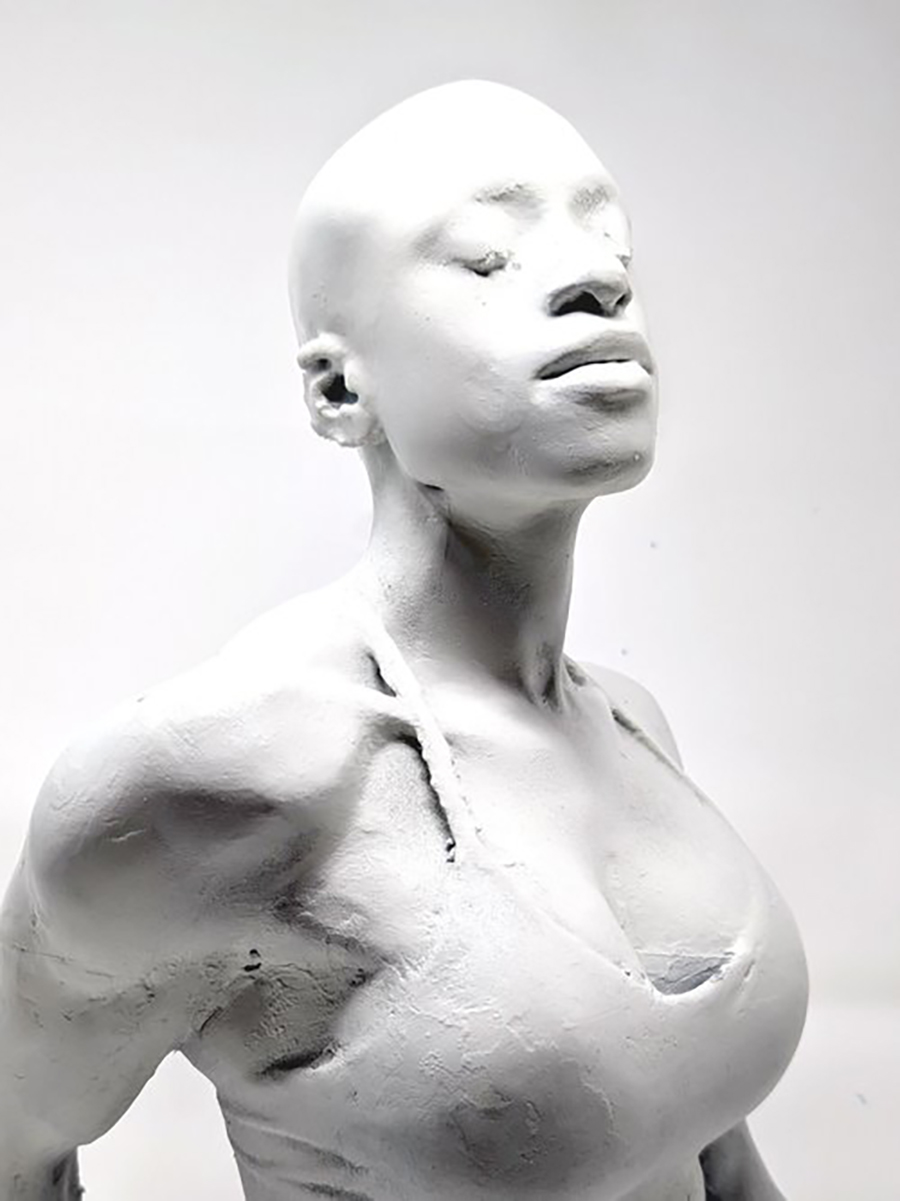
Awesome – so before we get into the rest of our questions, can you briefly introduce yourself to our readers.
My name is Rodney, and I create under the name Qrcky. I’m a multimedia artist with acrylic, oils, sculpture, and 3D modeling. My creative journey began in the 1970s in southern Virginia, where I was inspired by artists like Chuck Jones, Norman Rockwell, and Bob Ross. Their influence sparked my early fascination with visual storytelling. However, it wasn’t until later in life, during the challenges of a difficult marriage and personal struggles, that I fully committed to art as a form of self-expression and healing.
My work explores depth, dimension, and the hidden layers of human experience, often using stark lines, black-and-white contrasts, and mixed media to create visual tension. I’m drawn to themes of identity, separation, and perception, sometimes incorporating strikes and patterns inspired by World War I dazzle camouflage and zebra patterns—to symbolize the desire to hide in plain sight and challenge preconceived notions.
I provide original paintings, sculptures, prints, and custom installations, as well as Qlipse, a product I developed to help artists display sales information seamlessly on their artwork using a sleek, frame-mounted clip with a QR code.
What sets me apart is my focus on extra dimension and depth of field, techniques not commonly used by many artists of color. My goal is to create art that makes people pause—whether through striking visual contrast or layered meaning—encouraging them to reconsider their perspectives.
I’m most proud of my recent solo show, “Midnight Marauder,” which highlights my black-and-white series and examines the separation of cultures and people through stark lines and shadowy contrasts. It reflects my late-night creative process and my fascination with the hidden, the unseen, and the unspoken.
For potential clients, followers, and friends, I want them to know that my art is more than a visual experience—it’s an invitation to explore the subtle, often uncomfortable, spaces between the obvious and the obscure. Whether you’re collecting my work, collaborating on a project, or simply following my journey, I aim to evoke curiosity, reflection, and a sense of connection through every piece I create
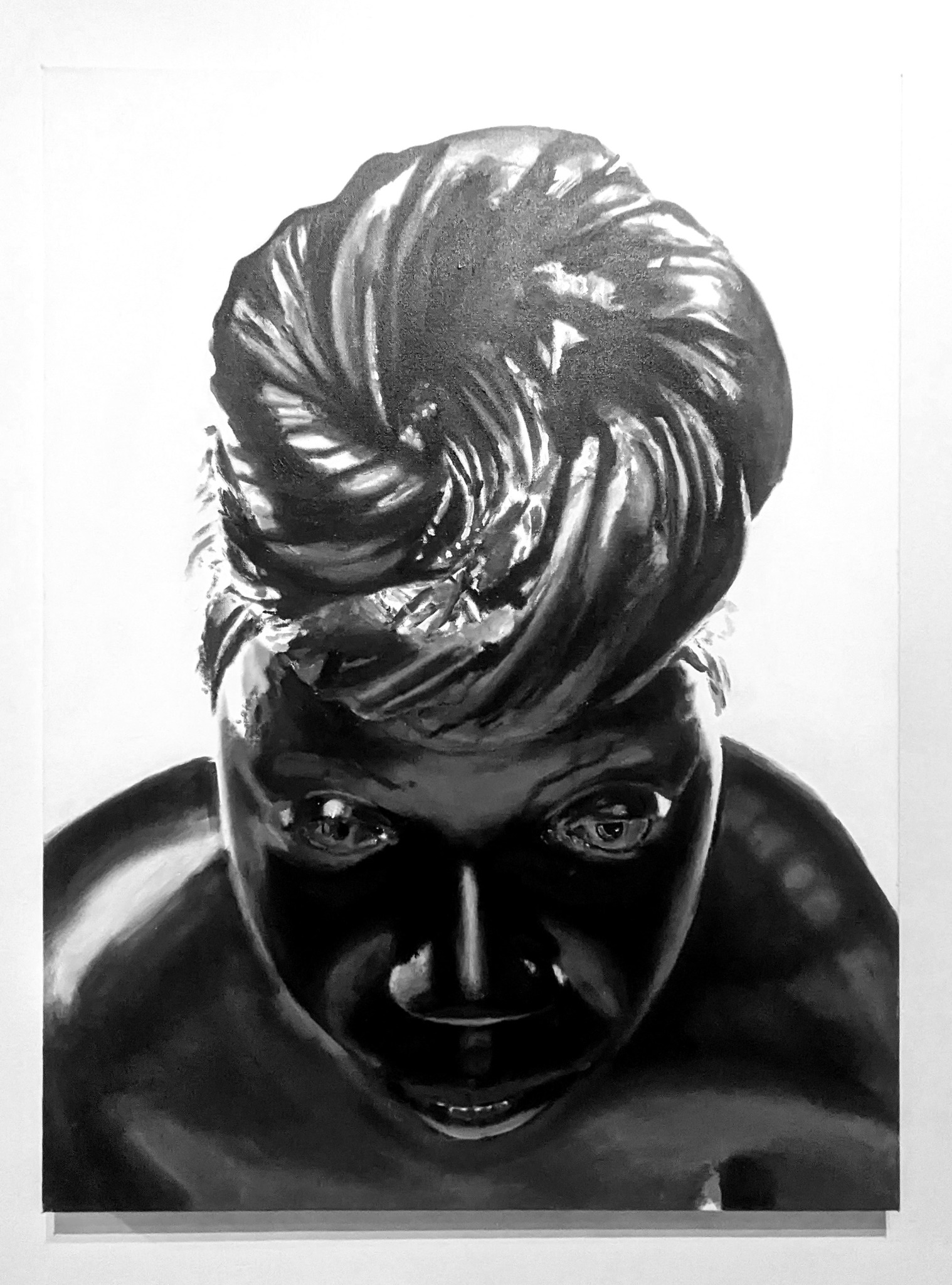
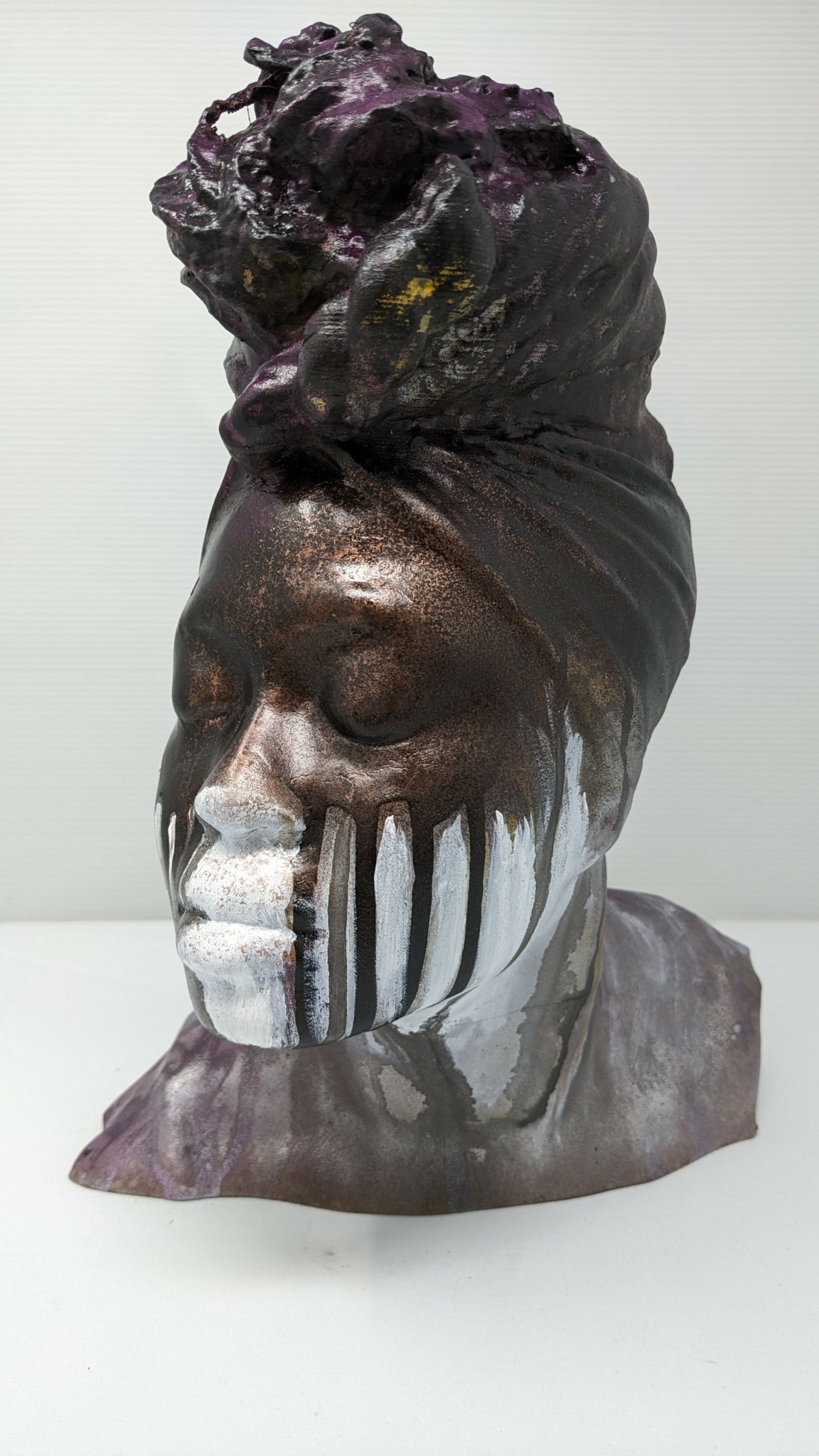
What do you think is the goal or mission that drives your creative journey?
My creative journey is driven by a mission to challenge perception and evoke reflection. Through my art, I strive to explore the spaces between visibility and obscurity—using depth, dimension, and stark contrasts to encourage viewers to look beyond the surface.
A key part of my mission is to highlight the complexities of identity, culture, and human connection. Whether through the hidden symbolism in my black-and-white series or the layered visual tension in my sculptures, my goal is to spark curiosity and inspire people to question what they see and, more importantly, what they assume.
Ultimately, I want my work to create a lasting dialogue, one that invites people to pause, reconsider, and engage with the subtle nuances of the human experience
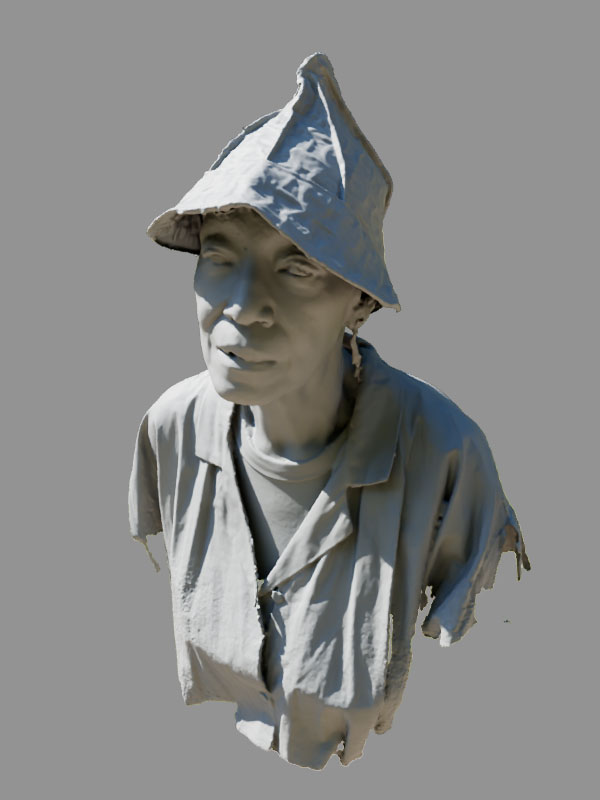
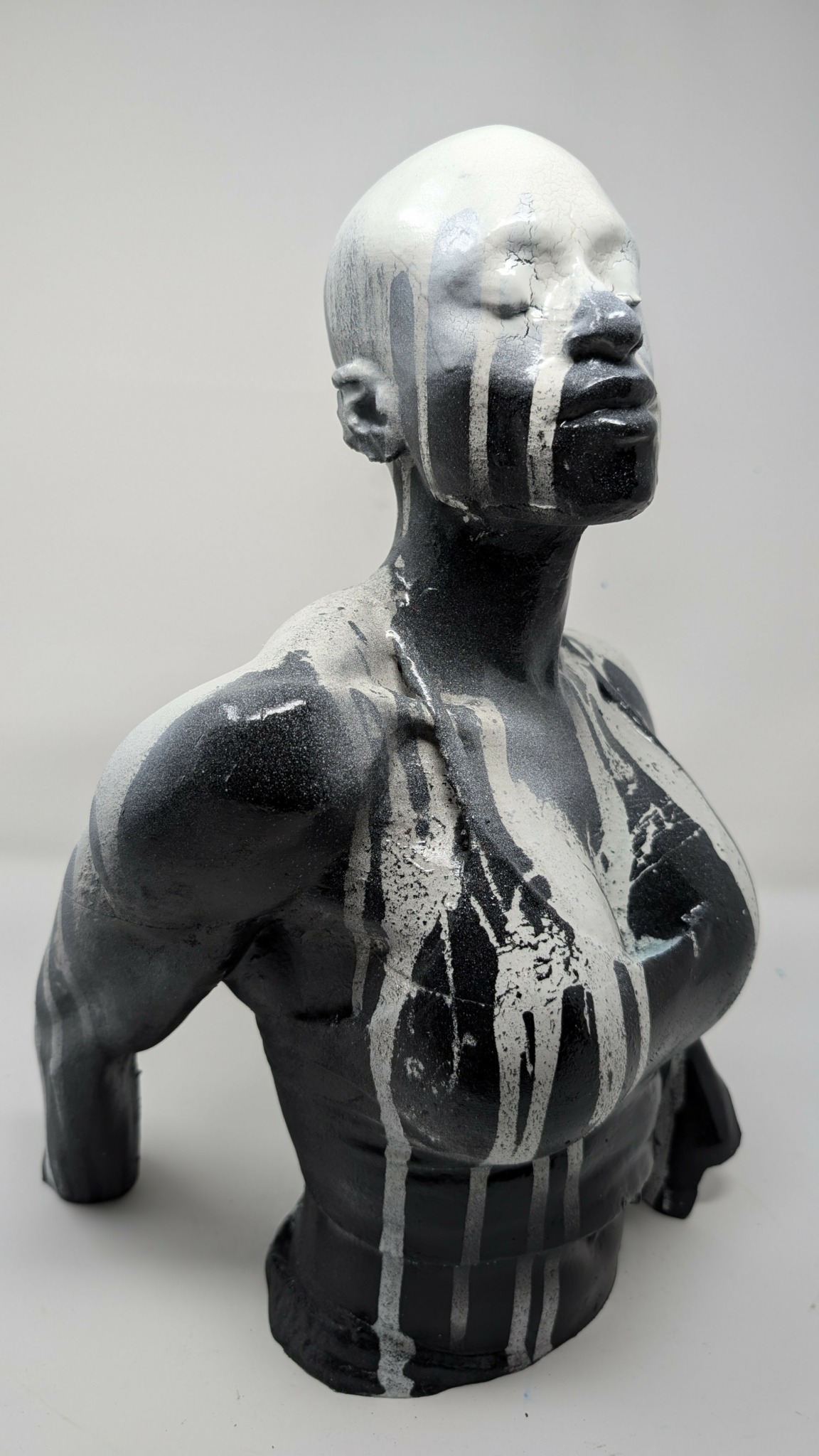
Learning and unlearning are both critical parts of growth – can you share a story of a time when you had to unlearn a lesson?
One of the biggest lessons I had to unlearn was the belief that art had to be perfect to be valuable. Early in my journey, I was fixated on technical precision, constantly striving for flawless execution. I thought that every stroke, line, and detail needed to be refined, polished, and pristine for the piece to have worth.
The turning point came when I started experimenting with impermanence in my work. One day, I painted over one of my original pieces—a fully realized work—embracing the idea that art could be transient, and ever-changing. It was a deliberate act of release, a way to let go of the notion that the value of my art was tied to its permanence or perfection.
That experience taught me that art is about expression, not flawlessness. It freed me from self-imposed constraints and allowed me to explore with more spontaneity, layering, and depth. Now, I embrace imperfection as part of the process—it makes the work feel more alive, raw, and human
Contact Info:
- Website: https://www.qrcky.net
- Instagram: @qrcky
- Facebook: @qrcky
- Twitter: @qrcky
- Youtube: @qrcky
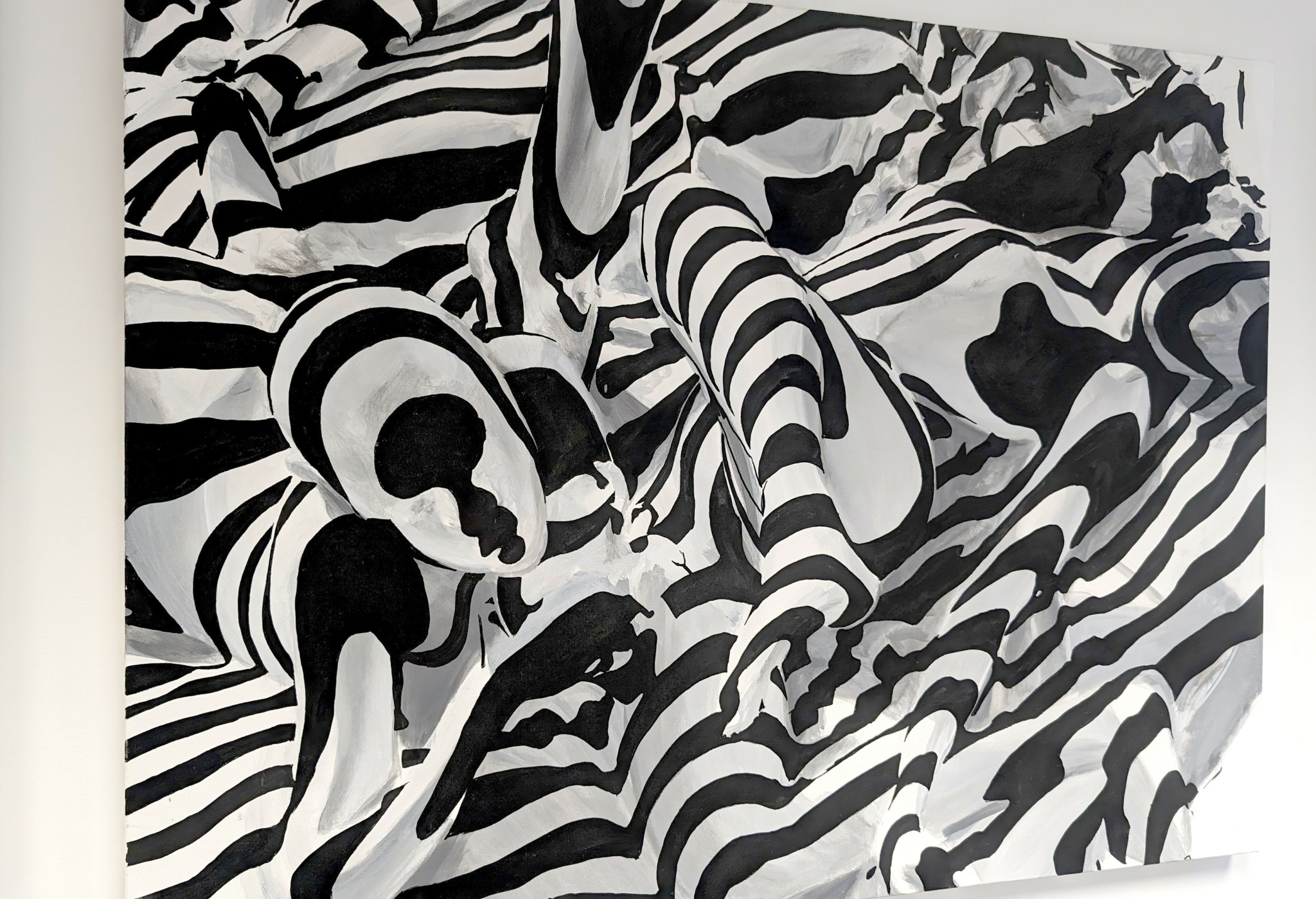

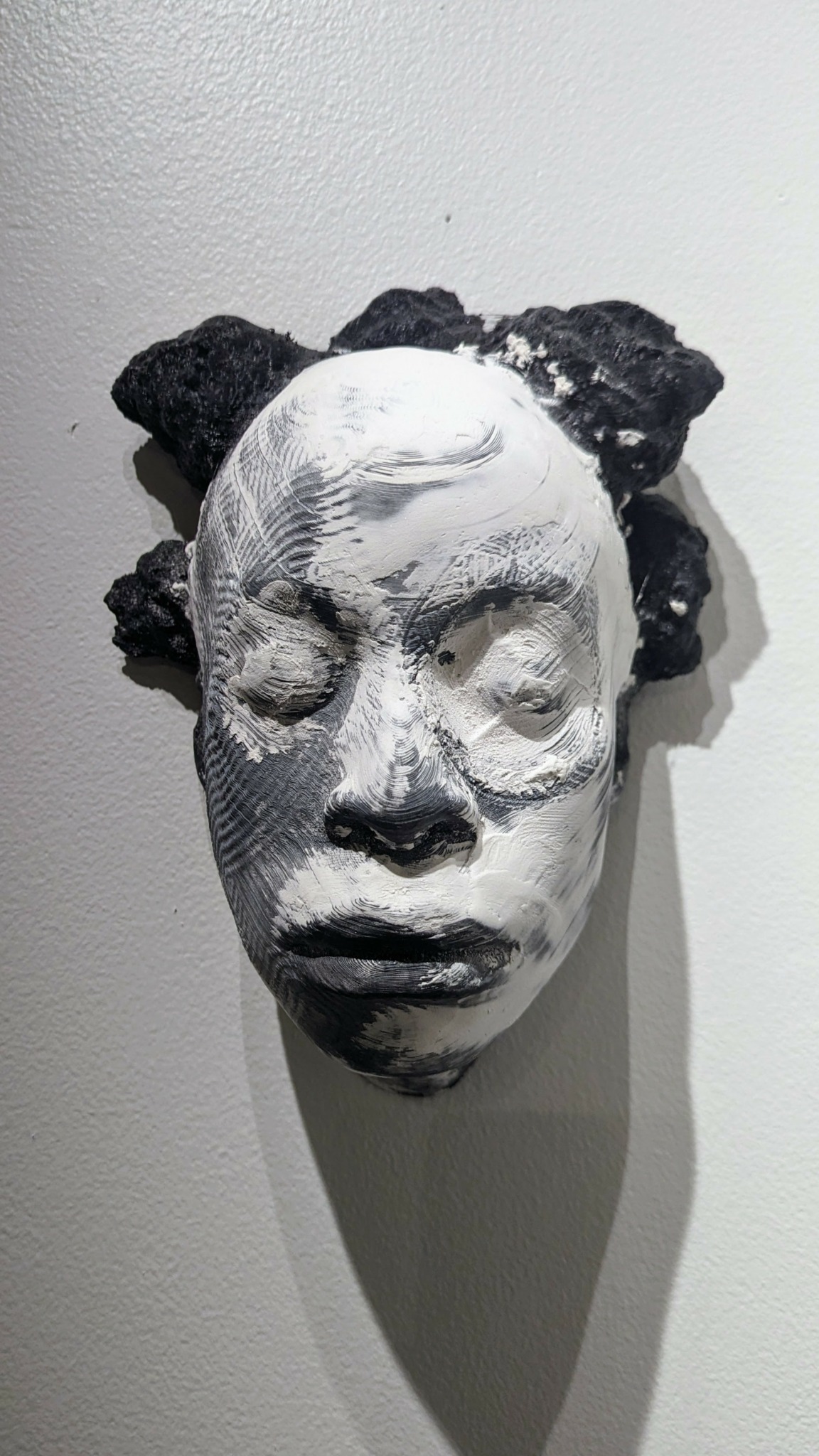

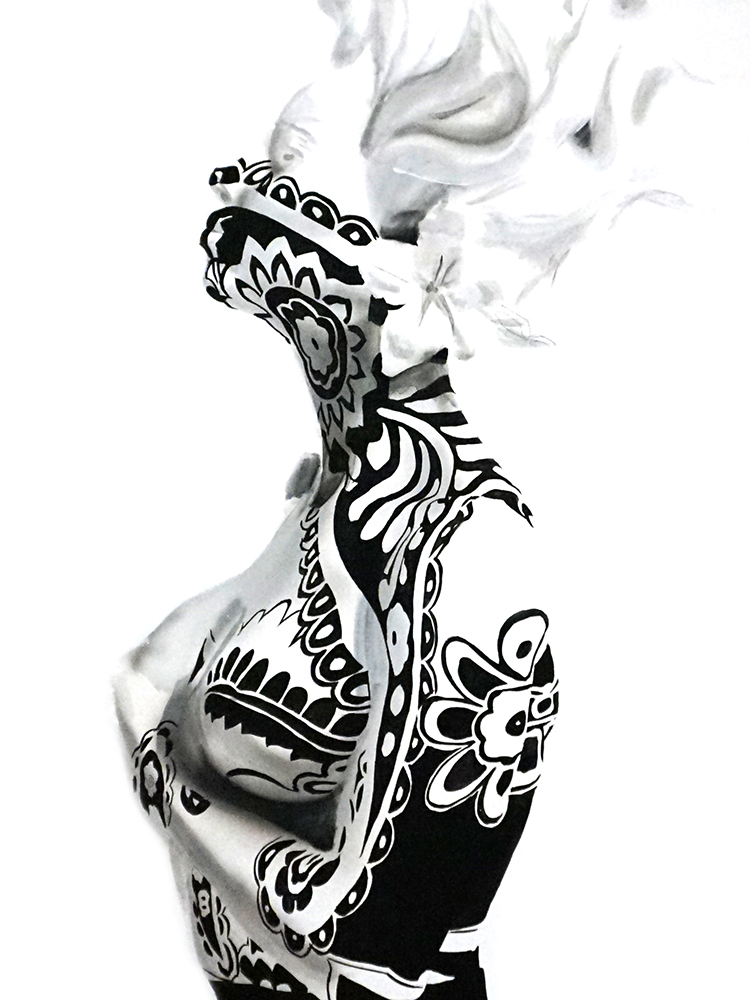

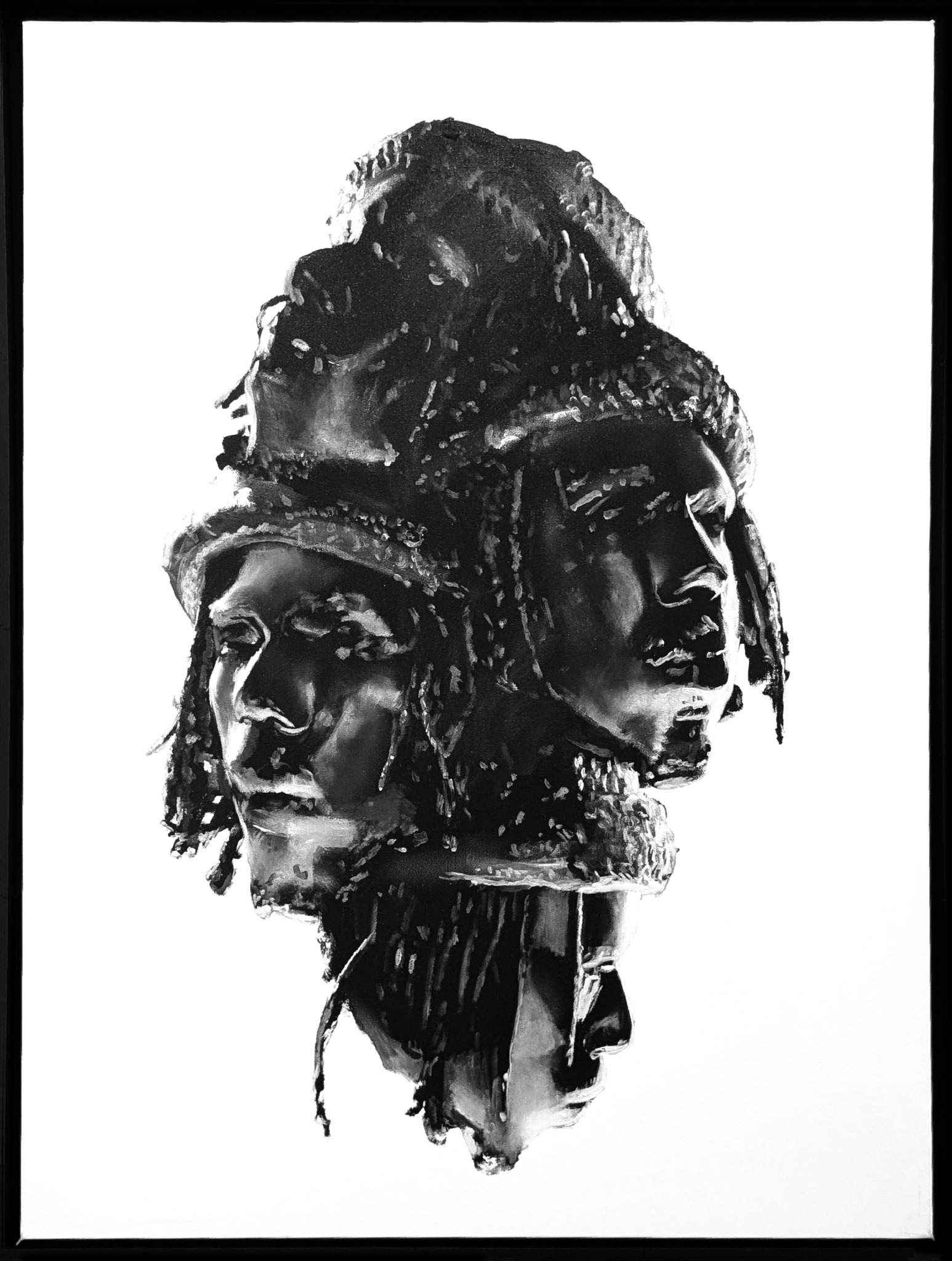
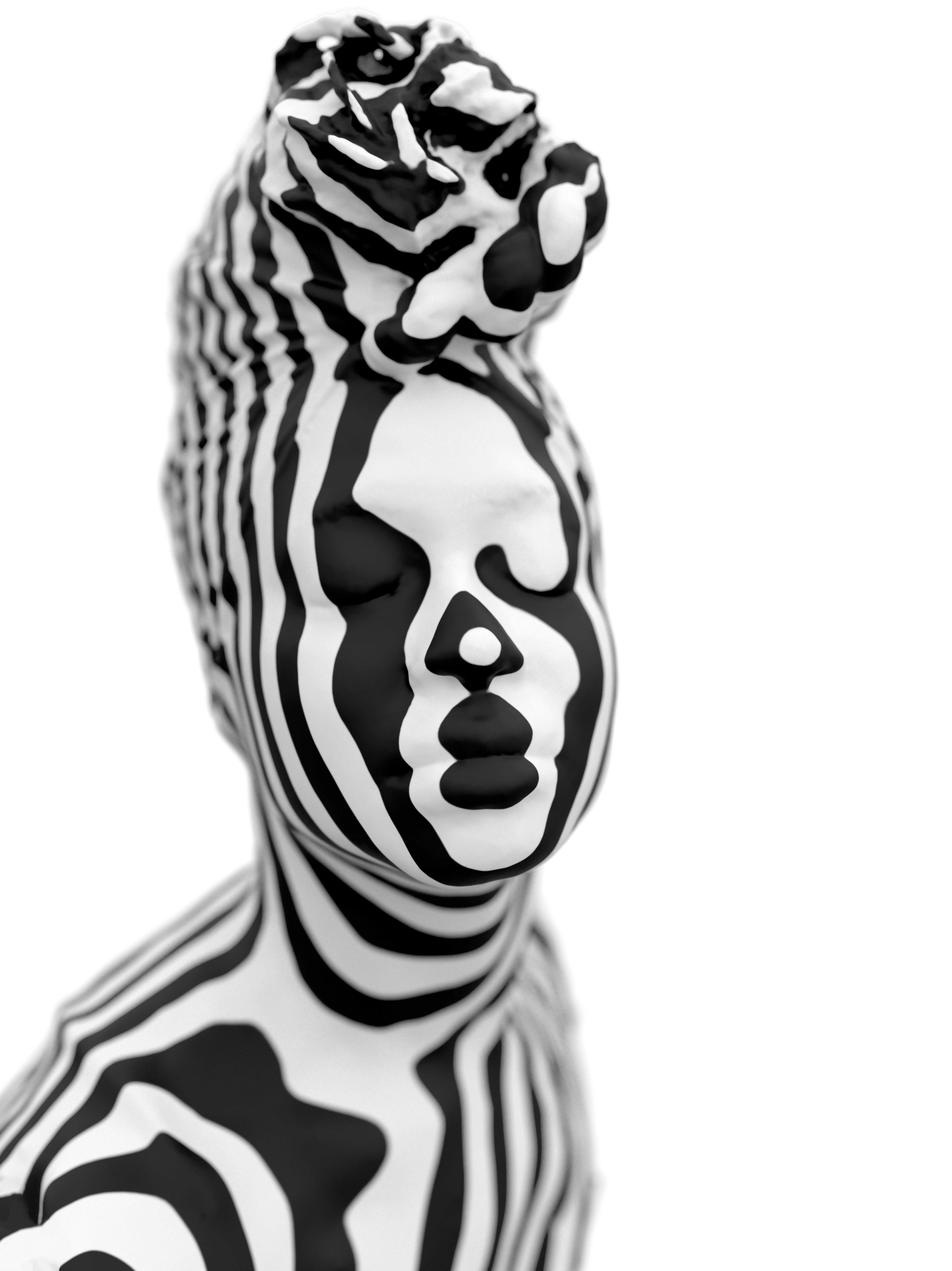
Image Credits
Photo by Rodney Elliott (@qrcky)


